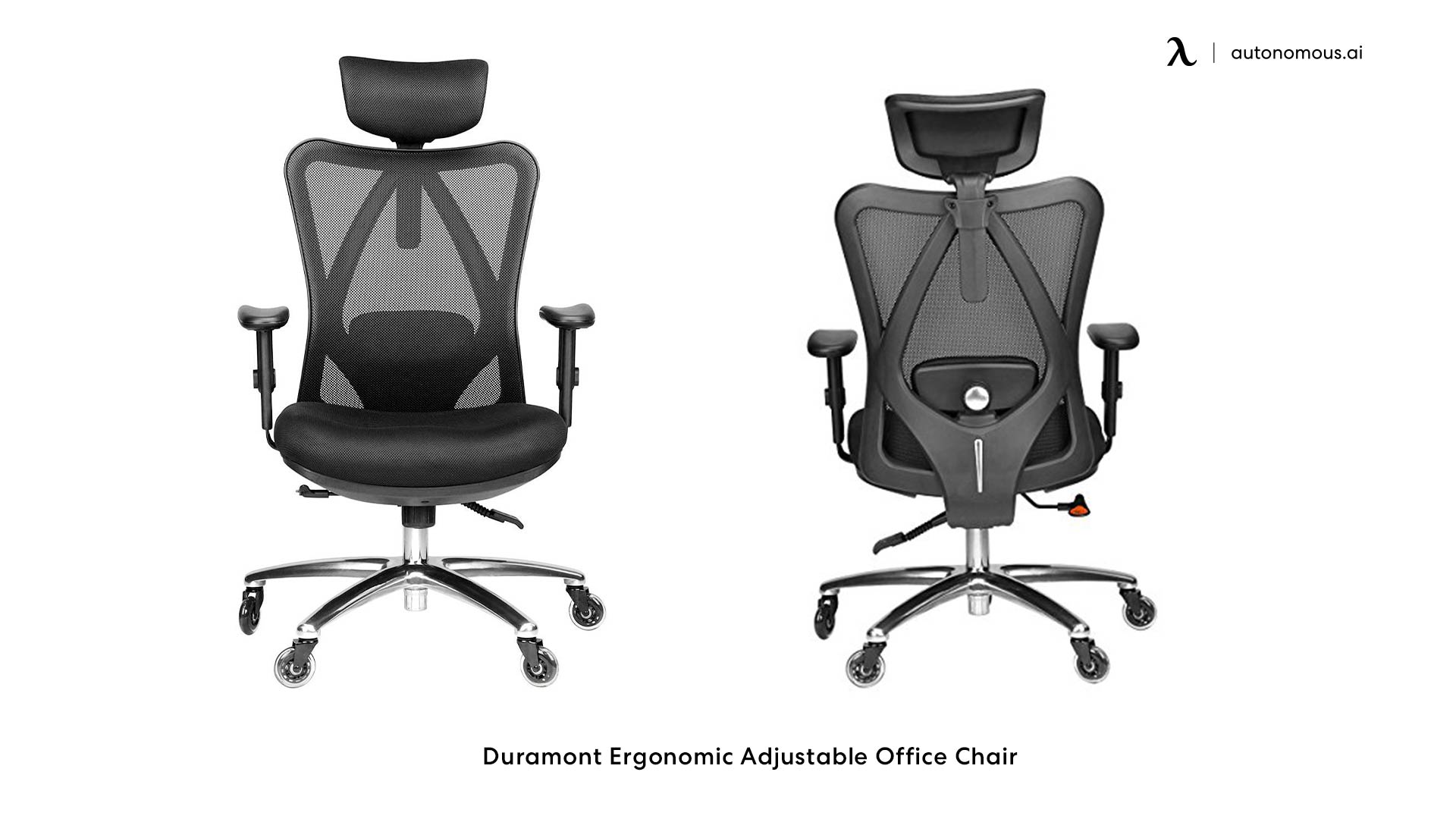Factors to Consider When Choosing a Chair: Best Chair For Lower Back And Hip Pain

Selecting the right chair for lower back and hip pain requires careful consideration of several ergonomic elements. The wrong chair can exacerbate existing problems, while the right one can provide crucial support and alleviate discomfort. This guide highlights key features to look for when choosing a chair designed to promote spinal health and comfort.
Essential Ergonomic Elements for Back and Hip Pain Relief, Best chair for lower back and hip pain
Ergonomic chair design prioritizes proper posture and body alignment to minimize strain on the back and hips. Key features include adjustable lumbar support, which provides crucial curvature support for the lower back, preventing slouching and reducing strain. A height-adjustable seat allows users to position their feet flat on the floor, maintaining a healthy 90-degree angle at the knees and hips. Adjustable armrests reduce shoulder and neck tension by supporting the forearms and elbows at a comfortable height, promoting proper posture. Finally, a chair with a breathable and supportive backrest, ideally contoured to the natural curves of the spine, distributes weight evenly and prevents pressure points. For example, a chair with a waterfall seat edge reduces pressure on the back of the thighs, improving circulation and reducing discomfort.
Posture and Chair Design
Proper posture is paramount in preventing and alleviating back and hip pain. Different chair designs can either encourage or hinder good posture. Chairs lacking lumbar support often lead to slouching, increasing the pressure on the lower back. Similarly, chairs with inflexible backrests restrict movement and limit the ability to maintain a natural spinal curvature. In contrast, chairs with adjustable features allow users to customize their seating position to accommodate their individual needs and body type, promoting better posture. A well-designed chair actively encourages upright sitting with proper spinal alignment.
- Maintain a 90-degree angle at your knees and hips.
- Keep your feet flat on the floor or on a footrest.
- Adjust the lumbar support to fit the curve of your lower back.
- Ensure your shoulders are relaxed and your arms are supported by the armrests.
- Take regular breaks to stand and move around.
Impact of Chair Materials on Comfort and Support
The material of a chair significantly impacts its comfort and support. Mesh fabric is highly breathable, preventing overheating and discomfort, particularly beneficial for individuals who spend long hours seated. Leather offers a luxurious feel but can be less breathable and may become uncomfortable in warmer climates. Fabric upholstery provides a balance between comfort and breathability, with various options available to suit different preferences. The density and resilience of the foam padding also play a crucial role in providing adequate support and pressure distribution. High-density foam offers superior support and longevity compared to lower-density alternatives, preventing sagging and maintaining proper spinal alignment. For individuals with lower back and hip pain, choosing a chair with breathable, supportive materials and adequate padding is crucial for long-term comfort and pain management.
